Most of the species currently threatened with extinction seem to be under the pressure of unsuitable environmental conditions; e.g., climate change, scarce food resource, habitat fragmentation. One should expect species to have forms of resilience against such extinction. The point here is to examine the effect of spatial gradients on species survival against increasing temperature arising from climate change. Therefore, we start with the question of whether, when faced with extinction stemming from climate change, a spatial gradient and a beachhead have the power to prevent extinction. This problem is addressed theoretically using a coupled reaction diffusion equation for a predator-prey system in which the prey experiences an Allee effect. It is demonstrated that there exists a relationship between the slope of the gradient and the beachhead at which the predator-prey system can stably survive. The tendency of the system can be defined by a function where the system includes the threshold point for extinction, that separates the areas of extinction and survival. The findings reveal that spatial gradient can be used as a precaution, when the species faces to extinction, for species to create new habitat and sustain its persistence. Therefore, in this paper, it is shown that, in theory, the recovery of species from unsuitable environmental conditions can be achieved. This can be possible by taking into account the spatial gradient to slow down the forthcoming ecological extinction, and thus extend the system a while as an adaptation mechanism.
1.
Introduction
Fluid-particle interaction model arises in many practical applications, and is of primary importance in the sedimentation analysis of disperse suspensions of particles in fluids. This model is one of the commonly used models nowadays in biotechnology, medicine, mineral processing and chemical engineering [27]-[25]. Usually, the fluid flow is governed by the Navier-Stokes equations for a compressible fluid while the evolution of the particle densities is given by the Smoluchowski equation [4], the system has the form:
where ρ,u,η, P(ρ)=aργ, Φ(x) denote the fluid density, velocity, the density of particles in the mixture, pressure, and the external potential respectively, a>0,γ>1. μ>0 is the viscosity coefficient, and 3λ+2μ≥0 are non-negative constants satisfied the physical requirements.
There are many kinds of literatures on the study of the existence and behavior of solutions to Navier-Stokes equations (See [1]-[17]). Taking system (1) as an example, Carrillo et al [4] discussed the the global existence and asymptotic behavior of the weak solutions providing a rigorous mathematical theory based on the principle of balance laws, following the framework of Lions [18] and Feireisl et al [11,12]. Motivated by the stability arguments in [5], the authors also investigated the numerical analysis in [6]. Ballew and Trivisa [1] constructed suitable weak solutions and low stratification singular limit for a fluid particle interaction model. In addition, Mellet and Vasseur [20] proved the global existence of weak solutions of equations by using the entropy method on the asymptotic regime corresponding to a strong drag force and strong brownian motion. Zhang et al [31] establish the existence and uniqueness of classical solution to the system (1).
Despite the important progress, there are few results of non-Newtonian fluid-particle interaction model. As we know, the Navier Stokes equations are generally accepted as a right governing equations for the compressible or incompressible motion of viscous fluids, which is usually described as
where Γ denotes the viscous stress tensor, which depends on Eij(∇u), and
is the rate of strain. If the relation between the stress and rate of strain is linear, namely, Γ=μEij(∇u), where μ is the viscosity coefficient, then the fluid is called Newtonian. If the relation is not linear, the fluid is called non-Newtonian. The simplest model of the stress-strain relation for such fluids given by the power laws, which states that
for 0<q<1 (see[3]). In [16], Ladyzhenskaya proposed a special form for Γ on the incompressible model:
For μ0=0, if p<2 it is a pseudo-plastic fluid. In the view of physics, the model captures the shear thinning fluid for the case of 1<p<2 (see[19]).
Non-Newtonian fluid flows are frequently encountered in many physical and industrial processes [8,9], such as porous flows of oils and gases [7], biological fluid flows of blood [30], saliva and mucus, penetration grouting of cement mortar and mixing of massive particles and fluids in drug production [13]. The possible appearance of the vacuum is one of the major difficulties when trying to prove the existence and strong regularity results. On the other hand, the constitutive behavior of non-Newtonian fluid flow is usually more complex and highly non-linear, which may bring more difficulties to study such flows.
In recent years, there has been many research in the field of non-Newtonian flows, both theoretically and experimentally (see [14]-[26]). For example, in [14], Guo and Zhu studied the partial regularity of the generalized solutions to an incompressible monopolar non-Newtonian fluids. In [32], the trajectory attractor and global attractor for an autonomous non-Newtonian fluid in dimension two was studied. The existence and uniqueness of solutions for non-Newtonian fluids were established in [29] by applying Ladyzhenskaya's viscous stress tensor model.
In this paper, followed by Ladyzhenskaya's model of non-Newtonian fluid, we consider the following system
with the initial and boundary conditions
and the no-flux condition for the density of particles
where ρ,u,η, P(ρ)=aργ, Φ(x) denote the fluid density, velocity, the density of particles in the mixture, pressure, and the external potential respectively, a>0,γ>1,43<p,q<2. λ>0 is the viscosity coefficient, Ω is a one-dimensional bounded interval, for simplicity we only consider Ω=(0,1), ΩT=Ω×[0,T].
The system describes a compressible shear thinning fluid-particle interaction system for the evolution of particles dispersed in a viscous non-Newtonian fluid and the particle is driven by non-Newtonian gravitational potential. To our knowledge, there still no existence results for (2)-(4) when 1<p,q<2. The aim of this paper is to study the existence and uniqueness of strong solutions to this system. Throughout the paper we assume that a=λ=1 for simplicity. In the following sections, we will use simplified notations for standard Sobolev spaces and Bochner spaces, such as Lp=Lp(Ω),H10=H10(Ω),C([0,T];H1)=C([0,T];H1(Ω)).
We state the definition of strong solution as follows:
Definition 1.1. The (ρ,u,Ψ,η) is called a strong solution to the initial boundary value problem(2)-(4), if the following conditions are satisfied:
(ⅰ)
(ⅱ) For all ϕ∈L∞(0,T∗;H1(Ω)), ϕt∈L∞(0,T∗;L2(Ω)), for a.e. t∈(0,T), we have
(ⅲ) For all φ∈L∞(0,T∗;W1,p0(Ω)∩H2(Ω)), φt∈L2(0,T∗;H10(Ω)), for a.e. t∈(0,T), we have
(ⅳ) For all ψ∈L∞(0,T∗;H2(Ω)), ψt∈L∞(0,T∗;H1(Ω)), for a.e. t∈(0,T), we have
(ⅴ) For all ϑ∈L∞(0,T∗;H2(Ω)), ϑt∈L∞(0,T∗;L2(Ω)), for a.e. t∈(0,T), we have
The main result of this paper is stated in the following theorem.
1.1. Main theorem
Theorem 1.2. Let Φ∈C2(Ω), 43<p,q<2 and assume that the initial data (ρ0,u0,η0) satisfy the following conditions
and the compatibility condition
for some g∈L2(Ω). Then there exist a T∗∈(0,+∞) and a unique strong solution (ρ,u,Ψ,η) to (2)-(4) such that
Remark 1. By using exactly the similar argument, we can prove the result also hold for the case 1<p,q≤43. We omit the details here.
2.
A priori estimates for smooth solutions
In this section, we will prove the local existence of strong solutions. From the continuity equation (2)1, we can deduce the conservation of mass
Because equation (2)2 possesses always with singularity, we overcome this difficulty by introduce a regularized process, then by taking the limiting process back to the original problem. Namely, we consider the following system
with the initial and boundary conditions.
and u0∈H10(Ω)∩H2(Ω) is the smooth solution of the boundary value problem
Provided that (ρ,u,η) is a smooth solution of (10)-(15) and ρ0≥δ, where 0<δ≪1 is a positive number. We denote by M0=1+μ0+μ−10+|ρ0|H1+|g|L2.
We first get the estimate of |u0xx|L2. From (16), we have
Then
Applying Young's inequality, we have
thus
where C is a positive constant, depending only on M0.
Next, we introduce an auxiliary function
We will derive some useful estimate to each term of Z(t) in terms of some integrals of Z(t), then apply arguments of Gronwall's inequality to prove Z(t) is locally bounded.
2.1. Preliminaries
In order to prove the main Theorem, we first give some useful lemmas for later use.
Lemma 2.1. Let u0∈H10(Ω)∩H2(Ω), ρ0∈H1(Ω), η0∈H2(Ω), Φ∈C2(Ω), g∈L2(Ω), uε0 is a solution of the boundary value problem
Then there are a subsequence {uεj0}, j=1,2,3,..., of {uε0} and u0∈H10(Ω)∩H2(Ω) such that as εj→0,
Proof. According to (18), we have
Taking it by the L2 norm, we have
then
Therefore, by the above inequality, as εj→0,
Thus, we can obtain {uεj0x} is a Cauchy subsequence of C32(Ω), for all α1>0, we find N, as i,j>N, and
Now, we prove that {uε0xx} has a Cauchy sequence in L2 norm.
Let
For all α>0, there exists N, as i,j>N, we can deduce that
With the assumption, we can obtain
where C is a positive constant, depending only on |ρ0|H1(Ω), |g|L2(Ω) and |η0|H2(Ω). Using the following inequality,
where 0<θ<1.
By the simple calculation, we can get
where C depending only on p, then
Substituting this into (18), we have
then there is a subsequence {uεj0xx} and {uε0xx}, such that
By the uniqueness of the weak convergence, we have
Since (P(ρ0)+η)x+η0Φx−ρ120(g+Φx) are independent of ε, the same that we obtain, as εj→0,
This completes the proof of Lemma 2.1.
Lemma 2.2.
where C is a positive constant, depending only on M0.
Proof. We estimates for u and η for later use. It follows from (11) that
We note that
Taking it by the L2 norm and using Young's inequality, we have
On the other hand, by (12), we have
Taking it by L2-norm, using Young's inequality, which gives
This implies that
By (13), taking it by the L2 norm, we have
Multiplying (10) by ρ, integrating over Ω, we deduce that
Integrating it by parts, using Sobolev inequality, we obtain
Differentiating (10) with respect to x, and multiplying it by ρx, integrating over Ω, and using Sobolev inequality, we have
From (26) and (27) and the Gronwall's inequality, then lemma 2.2 holds.
Lemma 2.3.
where C is a positive constant, depending only on M0.
Proof. Multiplying (13) by η, integrating the resulting equation over ΩT, using the boundary conditions (4) and Young's inequality, we have
Multiplying (13) by ηt, integrating (by parts) over ΩT, using the boundary conditions (4) and Young's inequality, we have
Differentiating (13) with respect to t, multiplying the resulting equation by ηt, integrating (by parts) over ΩT, we get
Combining (29)-(31), we obtain the desired estimate of Lemma 2.3.
Lemma 2.4.
where C is a positive constant, depending only on M0.
Proof. Using (10), we rewritten the (11) as
Multiplying (33) by ut, integrating (by parts) over ΩT, we have
We deal with each term as follows:
By virtue of (10), we have
Substituting the above into (34), using Sobolev inequality and Young's inequality, we have
To estimate (36), combining (35) we have the following estimates
In exactly the same way, we also have
which, together with (36) and (37), implies (32) holds.
Lemma 2.5.
where C is a positive constant, depending only on M0.
Proof. Differentiating equation (11) with respect to t, multiplying the result equation by ut, and integrating it over Ω, we have
Note that
Let
from (24), it follows that
Combining (35), (40) can be rewritten into
Using Sobolev inequality, Young's inequality, (11), (24) and (25), we obtain
In order to estimate I11, we need to deal with the estimate of |Ψxt|L2. Differentiating (12) with respect to t, multiplying it by Ψt and integrating over Ω, we have
and
Let
then
Then (43) can be rewritten into
Using Young's inequality, combining the above estimates we deduce that
Substituting Ij(j=1,2,…,11) into (42), and integrating over (τ,t)⊂(0,T) on the time variable, we have
To obtain the estimate of |√ρut(t)|2L2, we need to estimate limτ→0|√ρut(τ)|2L2. Multiplying (33) by ut and integrating over Ω, we get
According to the smoothness of (ρ,u,η), we have
Then, taking a limit on τ in (45), as τ→0, we can easily obtain
This complete the proof of Lemma 2.5.
With the help of Lemma 2.2 to Lemma 2.5, and the definition of Z(t), we conclude that
where C,˜C are positive constants, depending only on M0. This means that there exist a time T1>0 and a constant C, such that
where C is a positive constant, depending only on M0.
3.
Proof of the main theorem
In this section, the existence of strong solutions can be established by a standard argument. We construct the approximate solutions by using the iterative scheme, derive uniform bounds and thus obtain solutions of the original problem by passing to the limit. Our proof will be based on the usual iteration argument and some ideas developed in [10]. Precisely, we first define u0=0 and assuming that uk−1 was defined for k≥1, let ρk,uk,ηk be the unique smooth solution to the following system
with the initial and boundary conditions
where
With the process, the nonlinear coupled system has been deduced into a sequence of decoupled problems and each problem admits a smooth solution. And the following estimates hold
where C is a generic constant depending only on M0, but independent of k.
In addition, we first find ρk from the initial problem
with smooth function uk−1, obviously, there is a unique solution ρk on the above problem and also we could obtain that
Next, we will prove the approximate solution (ρk,uk,ηk) converges to a limit (ρε,uε,ηε) in a strong sense. To this end, let us define
By a direct calculation, we can verify that the functions ˉρk+1,ˉuk+1,ˉηk+1 satisfy the system of equations
Multiplying (56) by ˉρk+1, integrating over Ω and using Young's inequality, we obtain
where Cζ is a positive constant, depending on M0 and ζ for all t<T1 and k≥1.
Multiplying (57) by ˉuk+1, integrating over Ω and using Young's inequality, we obtain
Let
then
To estimate the second term of (61), we have
On the other hand, multiplying (58) by ˉΨk+1, integrating over Ω, we obtain
Since
and
then
which implies
From (55), (62) and (64), (61) can be re-written as
where Bξ(t)=C(1+|ukxt(t)|2L2, for all t≤T1 and k≥1. Using (55) we derive
Multiplying (59) by ˉηk+1, integrating over Ω, using (55) and Young's inequality, we have
Combining (60), (65) and (66), we have
where Eζ(t) is depending only on Bζ(t) and Cξ, for all t≤T1 and k≥1. Using (55), we obtain
Integrating (67) over (0,t)⊂(0,T1) with respect to t, using Gronwall's inequality, we have
From the above recursive relation, choose ξ>0 and 0<T∗<T1 such that Cexp(CξT∗)<12, using Gronwall's inequality, we deduce that
where C is a positive constant, depending only on M0.
Therefore, as k→+∞, the sequence (ρk,uk,ηk) converges to a limit (ρε,uε,ηε) in the following strong sense
By virtue of the lower semi-continuity of various norms, we deduce from the uniform estimate (55) that (ρε,uε,ηε) satisfies the following uniform estimate
Since all of the constants are independent of ε, there exists a subsequence (ρεj,uεj,ηεj) of (ρε,uε,ηε), without loss of generality, we denote to (ρε,uε,ηε). Let ε→0, we can get the following convergence
and there also holds
For each small δ>0, let ρδ0=Jδ∗ρ0+δ, where Jδ is a mollifier on Ω, and uδ0∈H10(Ω)∩H2(Ω) is a smooth solution of the boundary value problem
where gδ∈C∞0 and satisfies |gδ|L2≤|g|L2, limδ→0+|gδ−g|L2=0.
We deduce that (ρδ,uδ,ηδ) is a solution of the following initial boundary value problem
where ρδ0≥δ,43<p,q<2.
By the proof of Lemma 2.1, there exists a subsequence {uδj0} of {uδ0}, as δj→0+, uδ0→u0 in H10(Ω)∩H2(Ω), −(|uδj0x|p−2uδj0x)x→−(|u0x|p−2u0x)x in L2(Ω), Hence, u0 satisfies the compatibility condition (9) of Theorem 1.2. By virtue of the lower semi-continuity of various norms, we deduce that (ρ,u,η) satisfies the following uniform estimate
where C is a positive constant, depending only on M0. The uniqueness of solution can also be obtained by the same method as the above proof of convergence, we omit the details here. This completes the proof.
Acknowledgments
The authors would like to thank the anonymous referees for their valuable suggestions.











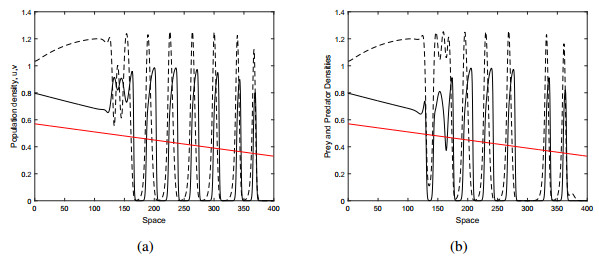
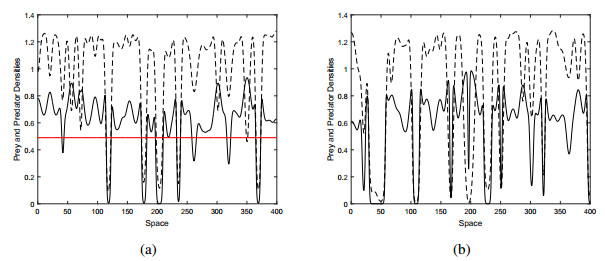
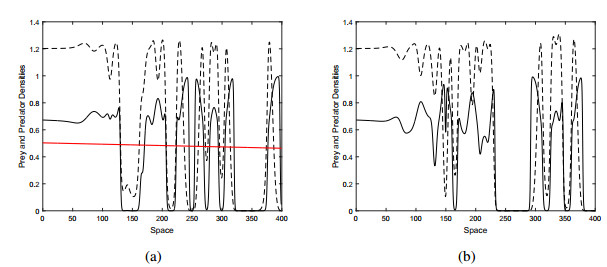

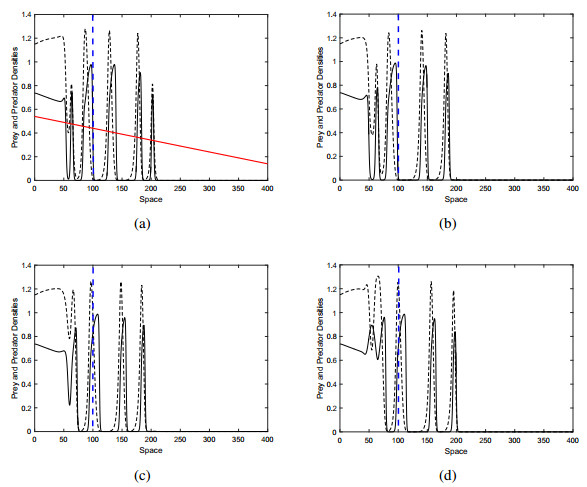
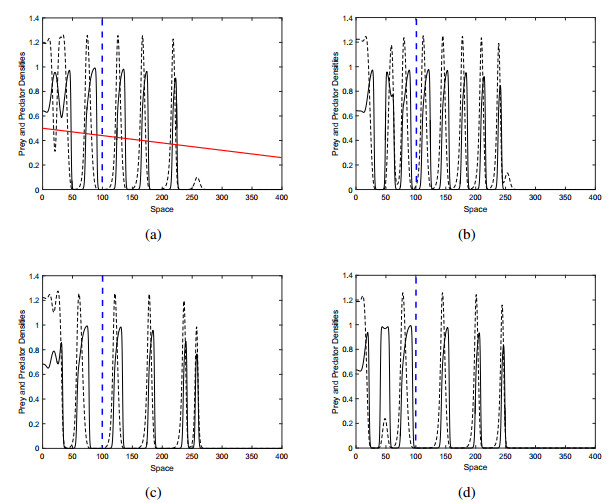
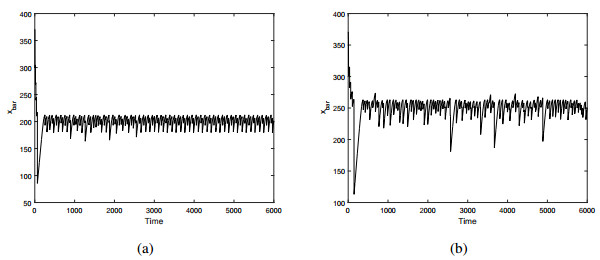
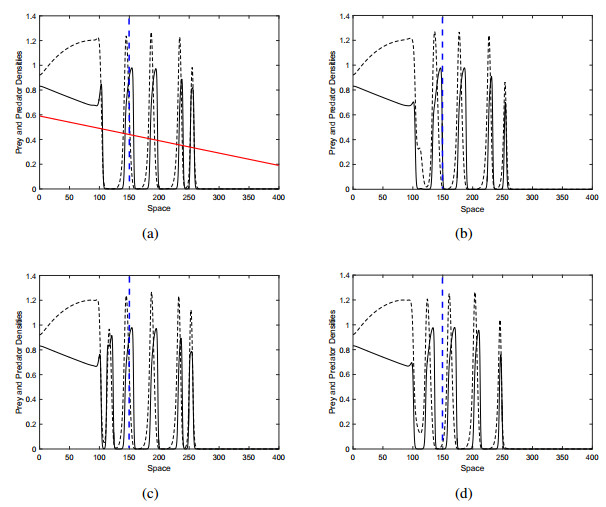
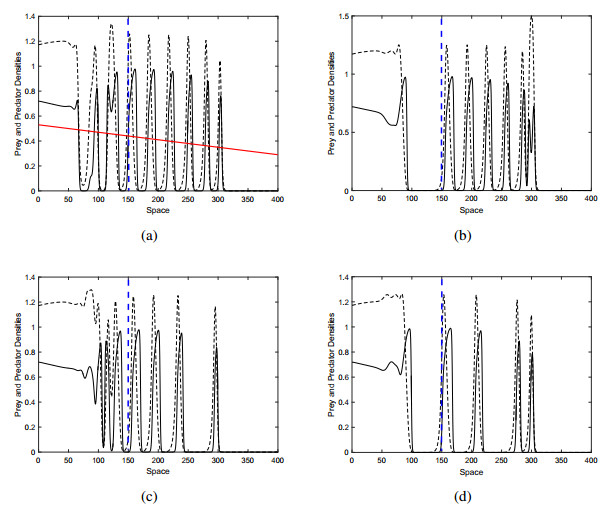
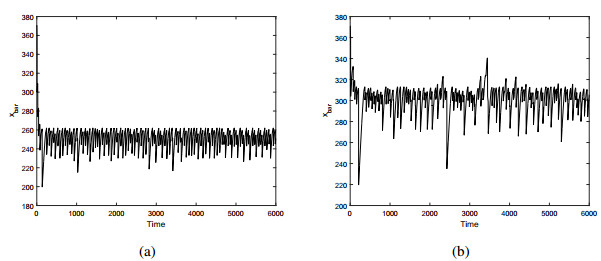
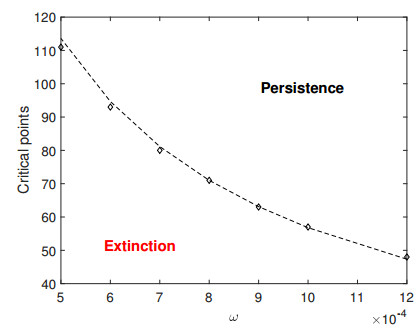
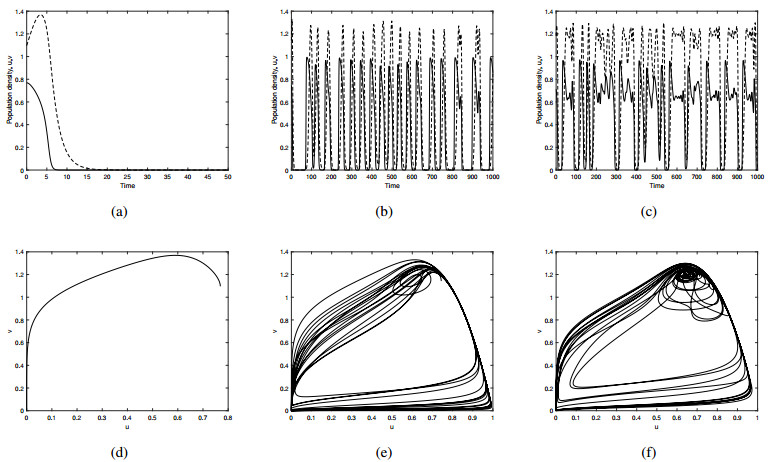
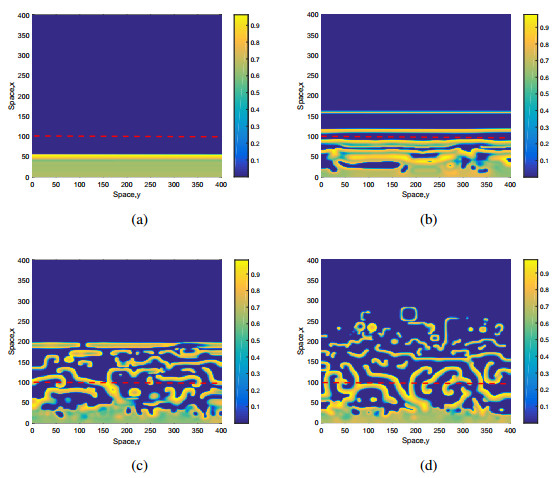
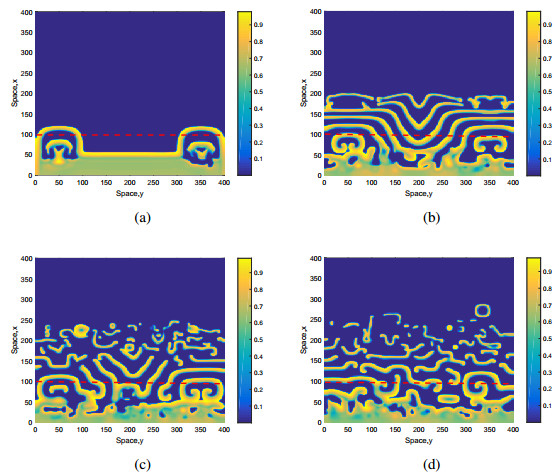


 DownLoad:
DownLoad: